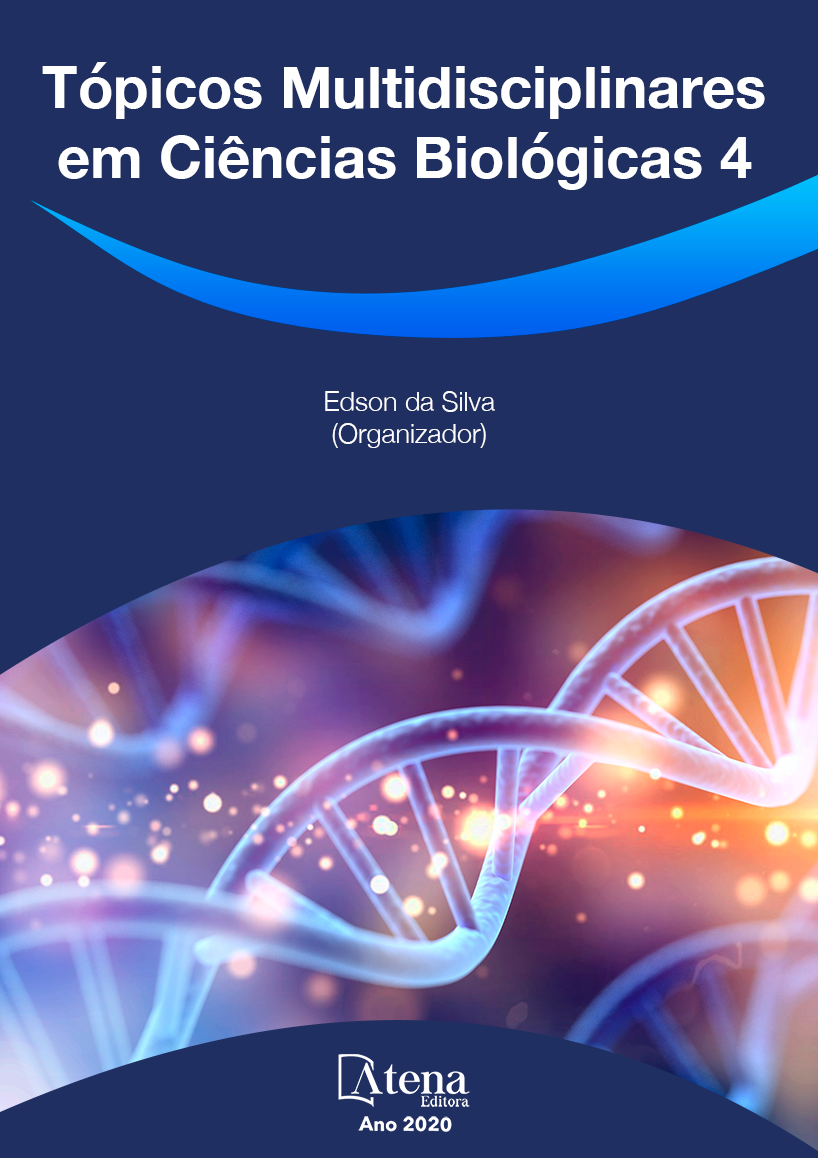
EFEITOS DA MICRODOSE DE ÍONS DE LÍTIO PARA A VIABILIDADE CÉLULAS DE ASTRÓCITOS HUMANOS
O envelhecimento celular é um processo que causa parada do crescimento da célula e liberação de fatores inflamatórios que produzem uma condição tecidual que propicia o desenvolvimento de cânceres e processos neurodegenerativos. Em trabalhos anteriores mostramos que o carbonato de lítio (Li2CO3), em baixas doses, estabilizou a memória e reduziu as características neuropatológicas da doença de Alzheimer em seres humanos e em modelos animais. Além disso, verificamos que o Li2CO3 também protege astrócitos derivados de células pluripotentes induzidas humanas (iPSCs) da liberação espontânea de fatores associados ao envelhecimento celular. Portanto, o objetivo desse trabalho foi verificar se Li2CO3 protege astrócitos da morte celular e do envelhecimento causado por um agente promotor de estresse oxidativo. Astrócitos humanos, provenientes de linhagem celular de glioblastoma (U343) foram cultivados em meio DMEM contendo 10% de soro fetal bovino e 2% de antibiótico e antimicótico. Diferentes densidades de células foram incubadas com 200 µM de H2O2 durante 2h e 24h, seguidas de ensaio de viabilidade celular por redução de tetrazólio (MTT). Em seguida, outras amostras de células foram incubadas com 200 µM de H2O2 por 2 horas e tratadas, logo depois, Li2CO3 (2,5 µM, 10 µM e 25 µM). Os dados foram analisados pelo teste de Kruskal-Wallys, seguido do teste de Dunn's. Foi verificado que a incubação de H2O2 durante 2h não promoveu morte celular significativa das células, como esperado, uma vez que com esses parâmetros o H2O2 deve somente promover a liberação de marcadores de envelhecimento celular. Por outro lado, a incubação da mesma concentração por 24h promoveu redução significativa de 41,4% da viabilidade celular (P < 0,01) em amostras com 104 células. Nas concentrações de 2,5 µM e 10 µM, o lítio não alterou a viabilidade celular na ausência ou presença de H2O2. Por outro lado, na concentração de 25 µM houve redução significativa da viabilidade, indicando um aumento de toxicidade. Em amostras com 200 x 103 células, a incubação da mesma concentração de H2O2 durante 2h promoveu pequena redução e desorganização das células, que foram revertidas com as doses mais baixas de Li2CO3. A falta de efeito com a dose mais alta de Li2CO3 (25 µM) está sob investigação.
EFEITOS DA MICRODOSE DE ÍONS DE LÍTIO PARA A VIABILIDADE CÉLULAS DE ASTRÓCITOS HUMANOS
-
DOI: 10.22533/at.ed.29620300713
-
Palavras-chave: Envelhecimento celular; Doença de Alzheimer; lítio em microdose
-
Keywords: Cell senescence; Alzheimer disease, microdising lithium
-
Abstract:
Cellular senescence is a process that causes growth arrest and the release of inflammatory factors that lead to the development of cancers and neurodegenerative processes. In previous works we showed that lithium carbonate (Li2CO3), in low dose, stabilized the memory and reduced the neuropathological characters of Alzheimer's disease in both humans and animal models. Besides that, we verified that Li2CO3 also protected human astrocytes derived from induced pluripotent stem cells (iPSCs) from spontaneous release of senescence-associated secreted phenotypes. The aim of this work was to verify if Li2CO3 can protect astrocytes from cellular death and cell senescence caused by an oxidative stress agent. Human astrocytes, from a glioblastoma cell line (U343), were cultivated in DMEM with 10% bovine serum albumin and 2% antibiotic and antimicotic. Different cell densities were incubated with 200 µM H2O2 during 2h and 24h, followed by cell viability assay with MTT. Following that, other cell samples were incubated with 200 µM H2O2 for 2h and treated, soon after, with Li2CO3 (2,5 µM, 10 µM and 25 µM). Data were analyzed by Kruskal-Wallys test, followed by Dunn's test. It was verified that incubation with H2O2 during 2h did not promote significant cell death, as expected, once with this parameters, H2O2 may only promote release of senescence-associated factors. However, incubation of the same concentration for 24h promoted significant reduction of 41.4% of cell viability (P < 0.01) in samples with 10 x 103 cells. With 2.5 µM and 10 µM, there was no change in cell viability in the absence or presence of H2O2. However, with 25 µM a significant reduction in the viability was observed, suggesting an increase in toxicity for cells. In samples with 200 x 103 cells, incubation with the same H2O2 concentration during 2h promoted little reduction and disorganization of cells, that were reverted with the lower Li2CO3 doses. The lack of effect with the highest concentration (25 µM) is under investigation.
-
Número de páginas: 12
- Tânia Araujo viel
- Lais Oliveira Arrochela Lobo
- Helena Nascimento Malerba
- Arthur Antônio Ruiz Pereira
- Mariana Toricelli Pinto
- Guilherme de Souza Abrão
- Julia Maia


